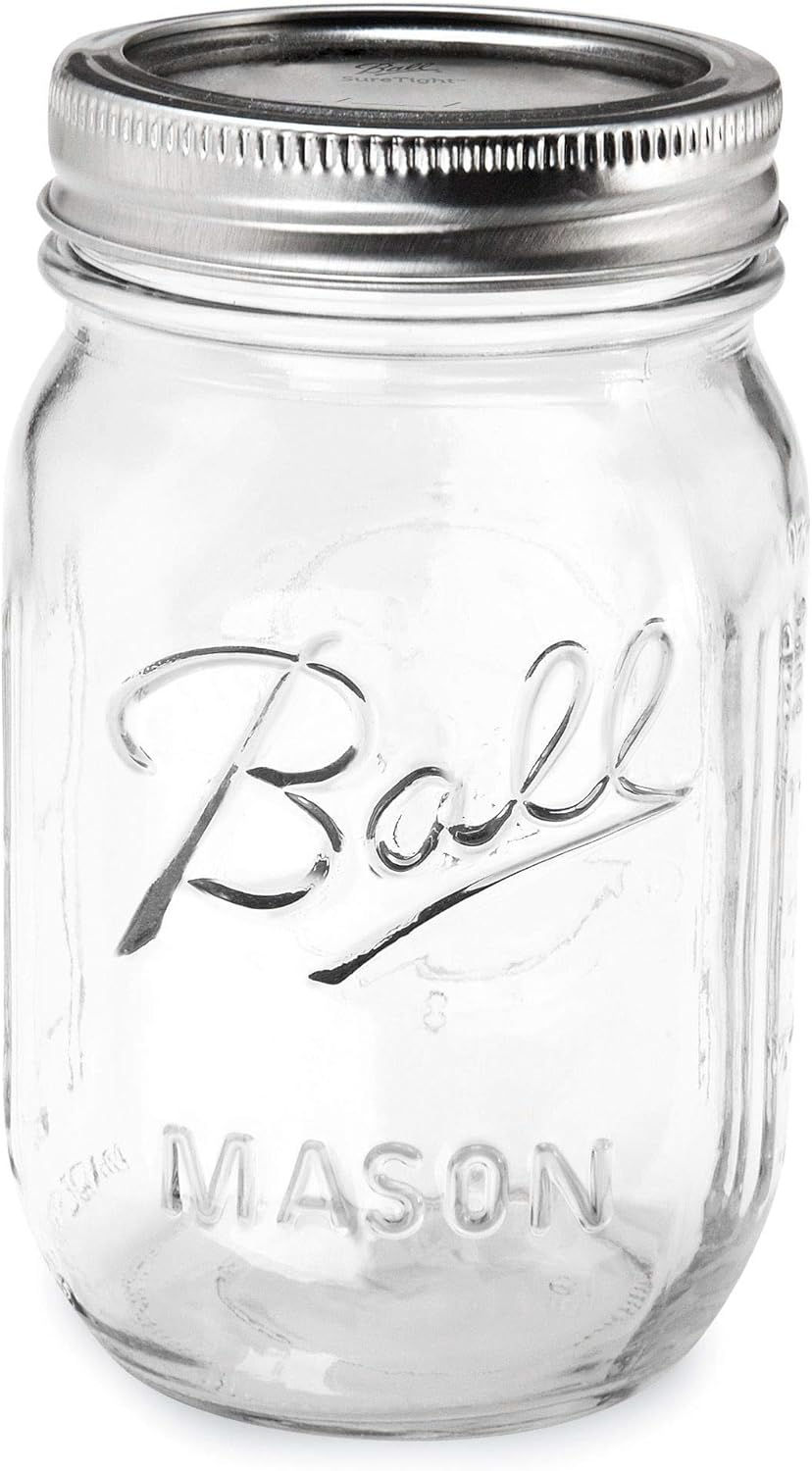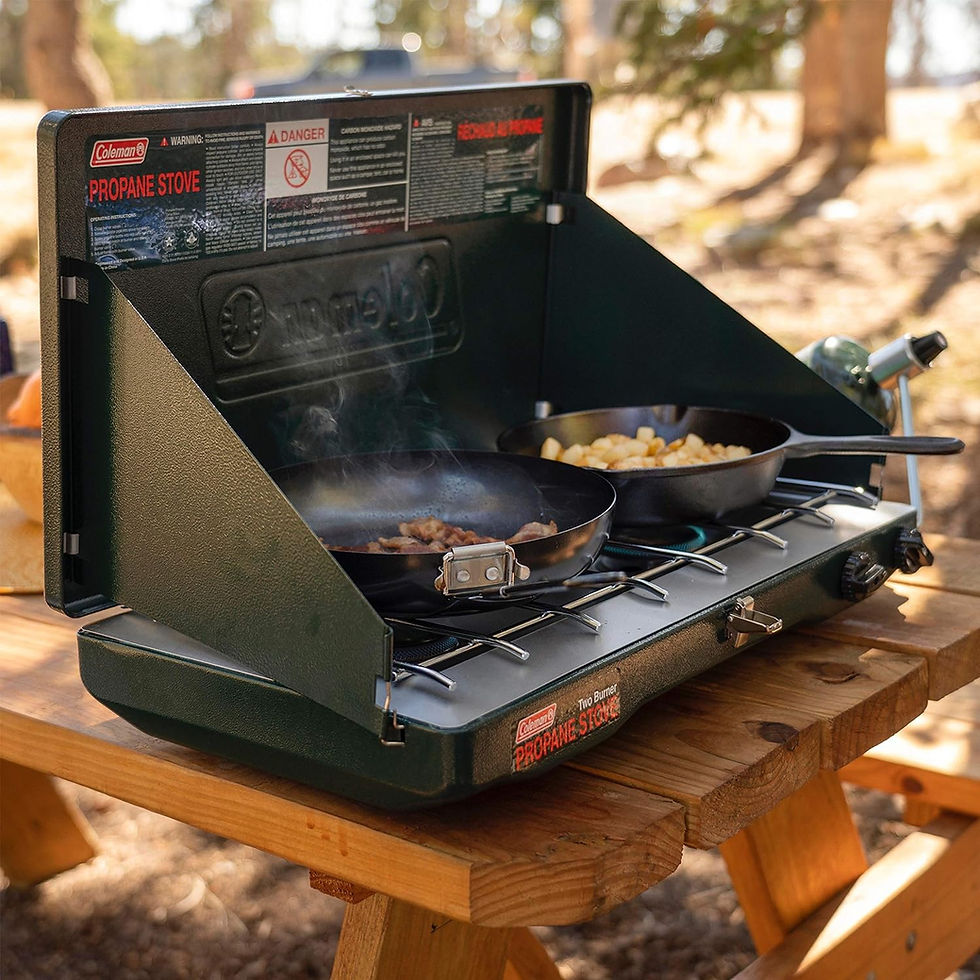Unlimited Evolution Choices is reader-supported. When you buy through links on our site, we may earn an affiliate commission. Learn more

Discover the best equipment for preserving, dehydrating (electric and solar dehydrators), and vacuum-packing your food. Organize your bulk food efficiently to prevent loss with bulk food organization and shelving solutions. Ensure you have all the kitchen equipment needed to cook and store your food without electricity. Carrying and fire-resistant accessories will be a useful addition to your kit. Finally, explore the traditional refrigeration methods that our ancestors used to keep food fresh.

Whether you're preserving your harvests or extending the life of purchased foods, these tips for canning and vacuum sealing are a game-changer in your quest for food autonomy.
The canning method and equipment vary based on the type of food you're preserving. The possibilities are numerous, here are some examples : jams and jellies, pickled vegetables and eggs (in vinegar), preserved fruit (in a light syrup), soups, sauces, etc. Certain foods and ingredients are not suitable for canning, such as: butter, milk, cheese, cream, yogurt, avocados, tofu, and soy. We strongly recommend that you get a book that will allow you to have at hand the simple but important steps of caning.


Vacuum sealed food can be done in bags or in mason jars.
In bags : Most foods can be vacuum sealed to extend their shelf life. Of course, vacuum-packed meats and fish must be frozen. A vacuum sealing machine will make the task easier. As your budget is limited, a straw and ziploc bags could help.
Dry canning in jars : Dry canning is a preservation method for dry foods like grains, beans, pasta, sugar, nuts, herbs and spices and dehydrated fruits or vegetables, using vacuum-sealed jars. Unlike traditional canning with liquids, dry canning removes air and seals the jars to prolong the shelf life of the dry goods. Use sterilized jars. Identify, date and store in a cool, dry, dark place.



The jars will be vacuum-packed using a pump which can be electric or manual. * Note that most vacuum sealer machines designed for plastic bags also offer the option to vacuum seal Mason jars.
MUST HAVE canning & vacuum seald food tools


A well-organized pantry prevents food loss and maximizes space. By keeping items visible and rotating stock, you reduce expiration risks. Using appropriately sized, airtight containers preserves food quality, protects against pests, and prevents moisture. This approach helps manage bulk purchases and ensures you always have the necessary ingredients for efficient meal planning and food security.
Label your foods with names and dates to track their addition to your pantry. Incorporate food grade silica gel packs (dehumidifiers) into your Mylar bags and containers. Additionally, add some bay leaves, especially for grains, legumes, and flours, to help repel insects and pests effectively.
A grain mill is an excellent tool to have. It allows you to produce your own flour according to your needs. Whole grains have a long shelf life of 10 to 15 years, while flours can be stored for approximately 6 months to 1 year. A manual grain mill rather than an electric one will add to your autonomy.
BEST bulk food organisation & shelving solutions


Whether it's a power outage or a camping trip, it's always helpful to have kitchen tools that allow you to cook away from home.
An outdoor oven can be as simple as a few stacked bricks on which you place an oven rack and start a fire.
Transport and fire resistant accessories will be a useful addition to your kit.
MUST HAVE camp stoves & kitchen accessories


Dehydration is a popular and effective food preservation method that offers many benefits :
-
Extended shelf life: Removing water slows bacterial growth.
-
Space efficiency: Dehydrated foods take up less space.
-
Nutrient preservation: Retains most vitamins and minerals.
-
Cost savings: Buy in bulk during the season and dehydrate.
-
Reduced waste: Dehydrate before spoiling.
-
Portability: Easy to carry for outings.
-
Depending on the kitchen space you have available, different models are available to you.
Solar and outdoor dehydrators provide increased autonomy and cost savings. During hot seasons, they are a solution not to be overlooked. There are several local manufacturers of solar dehydrators, and many plans are available online for free to make one. Finally, you can find low-cost dehydrators for sale in the form of hanging nets that can be hung outside.
BEST electrical & solar dehydrators


In a world where modern conveniences often rely heavily on electricity, it's fascinating to explore the traditional methods of refrigeration that our ancestors used to keep food fresh.
These ingenious techniques offer sustainable and environmentally friendly alternatives for preserving perishable foods. Let's look at some examples who could inspire you.

Zeer pots are ideal for storing small amounts of food without refrigeration. Originating in Africa, this method involves placing a smaller terra cotta pot inside a larger one, partially filled with wet sand to act as an insulator. Simply add food to the small pot, cover it, and if the contents start to heat up, add more cool water to the sand. For larger quantities, use multiple pots.
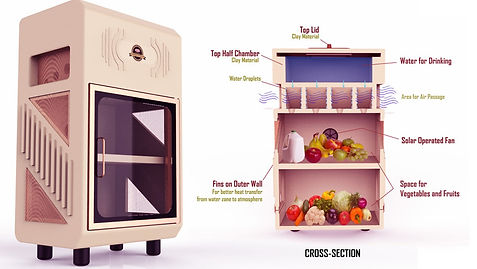
The clay refrigerator is an elegant solution to modern refrigeration needs, keeping fruits, vegetables, and even milk cool without requiring a wall plug or chemicals. Universal Designovation in New Jersey presents a modern version of this Indian technology.

Root cellaring can preserve food throughout winter when done properly. Create an root cellar using a sunken garbage can, plastic container, cooler, or discarded fridge/freezer. Bury a pail with drainage holes in your backyard and cover it with straw for insulation. Many online resources offer methods, like wrapping each vegetable/fruit in newspaper, laying them on racks, or using sand. Source : inhabitat.com
The best method depends on the food you plan to store for example potatoes, carrots, apples, etc. and your climate, so research the most suitable type of cellar for your needs.
«Ground fridge stores a whopping 3000 liters, which is equal to 146 homemade apple pies, an impressive wine collection or two grown adults, standing up comfortably. It’s perfect for fresh products like vegetables, cheese or wine». Source : Groundfrige.com

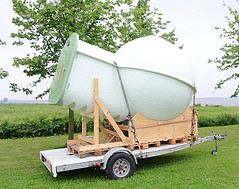

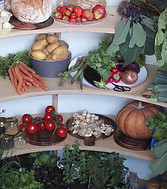


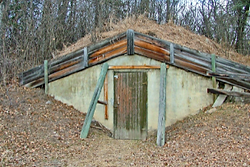

Underground root cellar is an excellent, efficient, and secure method for preserving your favorite foods for extended periods. If you have a small piece of land, the following books can guide you in carrying out this project.





